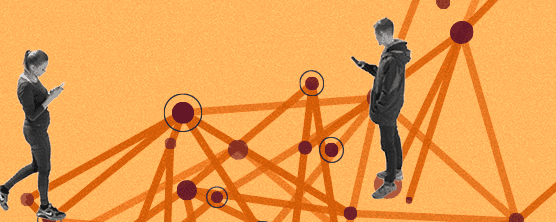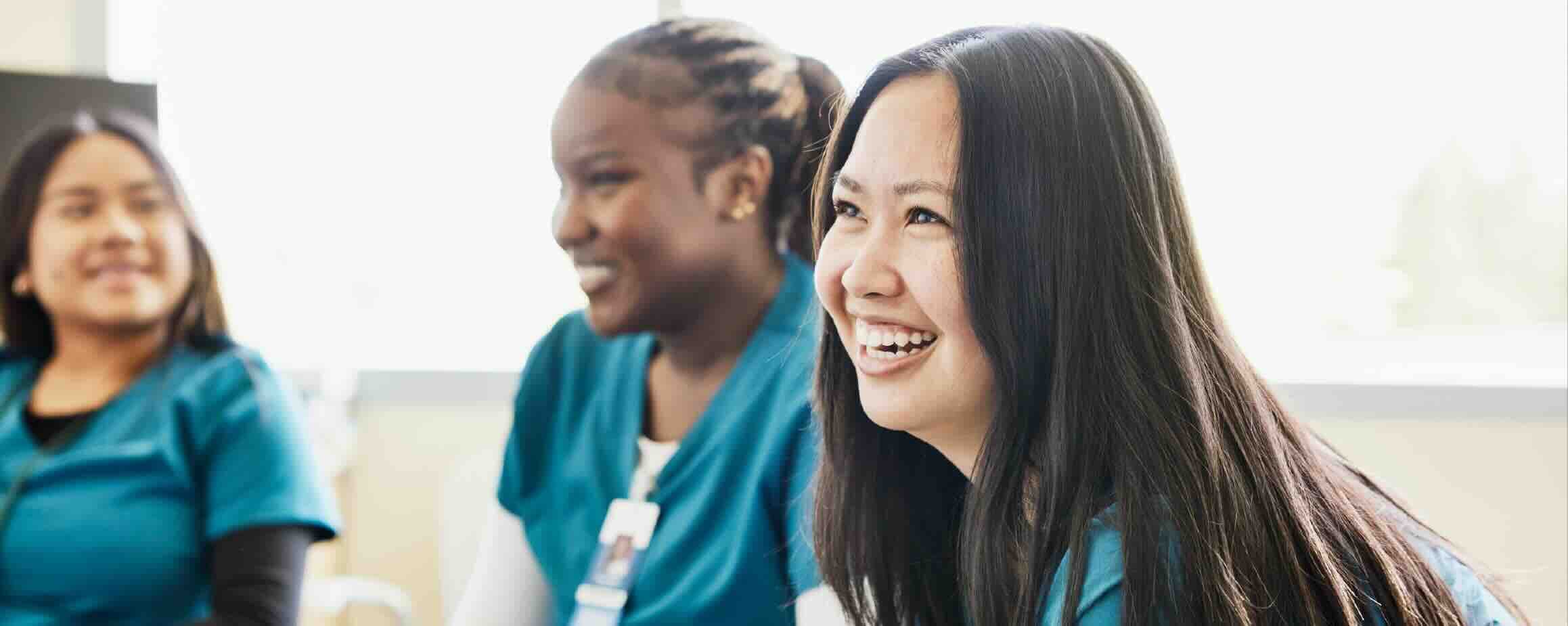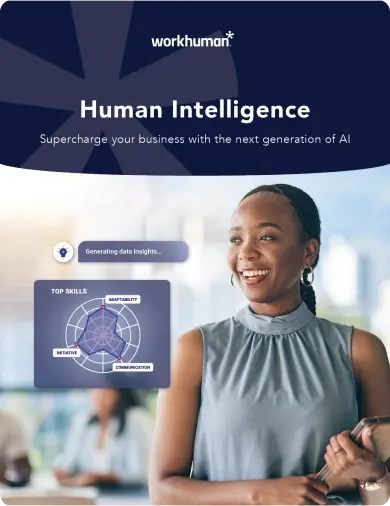
What is Human Data and Why Is It Important?
Unlock the power of human data to drive smarter HR decisions and build a thriving workplace with Human Intelligence.

What is Human Data and Why Is It Important?
Unlock the power of human data to drive smarter HR decisions and build a thriving workplace with Human Intelligence.

How Company Culture Influences AI
The integration of AI is not just a technical upgrade. It requires a shift in organizational mindset.

4 AI-Powered Workhuman Innovations to Elevate Your Organization
To lead companies through times of change and uncertainty, Workhuman has debuted new AI-powered innovations that mine recognition data for transformative company insights. That's what we call Human Intelligence.

Upgrading the Employee Experience in Tech Companies
With Workhuman as your trusted recognition partner, develop and retain your tech workforce in an era of dynamic innovation.

Lifting the Employee and Patient Experience in Healthcare
With Workhuman as your trusted recognition partner, you can alleviate burnout and retain your healthcare employees. Here’s how.

Building an Elevated Employee Experience in Manufacturing
With Workhuman as your trusted recognition partner, alleviate challenges related to safety, compliance, and reskilling – and retain your manufacturing workforce.

2025 Workplace Trends
What will forward-thinking HR leaders focus on in the new year? Discover the trends we’re expecting to dominate 2025.

Human Intelligence: Supercharge Your Business with the Next Generation of AI EMEA
How can you lean into emerging technologies like AI to upskill your workforce, building a connected, engaged, and resilient workforce? Introducing Human Intelligence from Workhuman.

Delivering a New Employee Experience in Biotech and Pharma
See how biotech and pharma organizations address industry-specific challenges, generate a rich employee experience and drive performance forward with Workhuman.

Choosing Workhuman As Your Trusted Partner
The Workhuman platform unites people and culture, drives business outcomes, and fuels ROI – and as your trusted recognition partner, we’ll do the same for you.

3 Creative Ways to Build Culture and Engagement
Read on to discover the three actions you can take today to prioritize people and increase engagement.

Human Intelligence: Supercharge Your Business with the Next Generation of AI
How can you lean into emerging technologies like AI to upskill your workforce, building a connected, engaged, and resilient workforce? Introducing Human Intelligence from Workhuman.